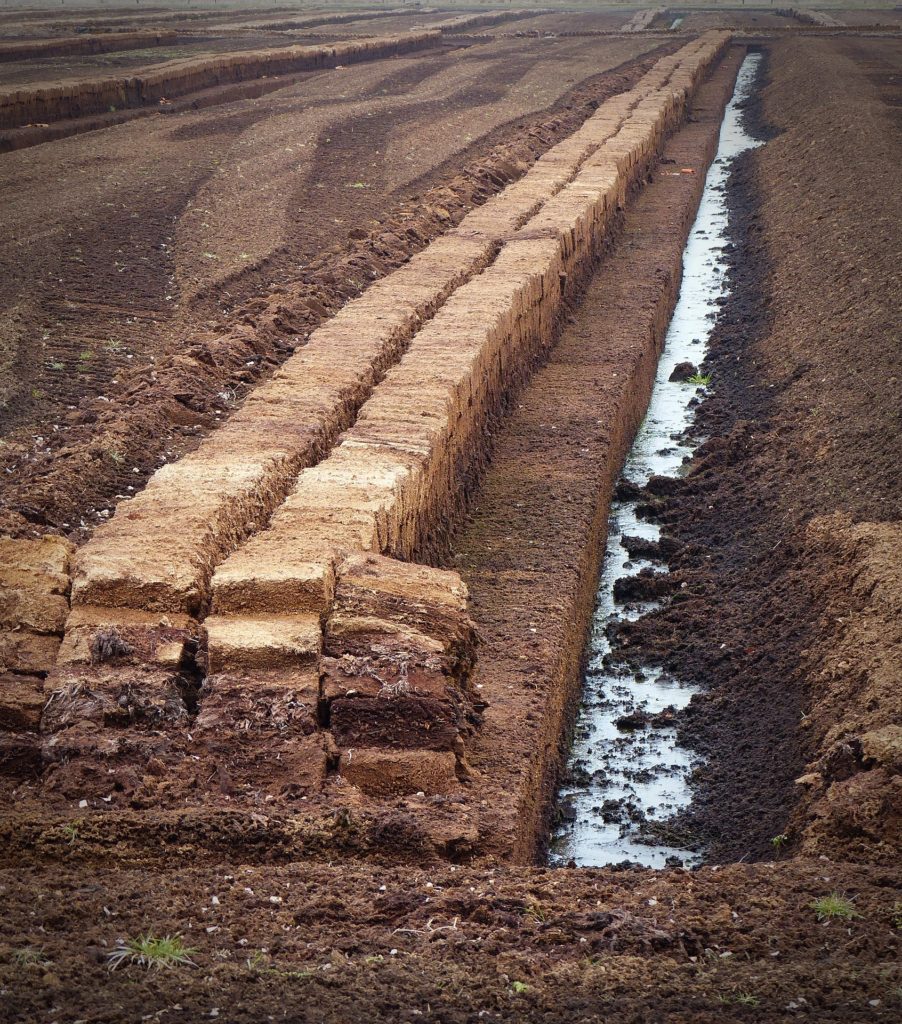The litigation continues for the parties involved in Hawkes v. US Army Corps of Engineers. This Clean Water Act case made its way to the United States Supreme Court last year, where the Court held that a landowner has the right to challenge an approved jurisdictional determination by the government that his or her property was a “water of the United States,” and therefore, subject to the Clean Water Act. [Read prior blog post explaining that decision here.]
After that decision, the case was sent back to the trial court for consideration of the merits: Does the Hawkes’ property constitute a “water of the United States?” A couple of weeks ago, the United States District Court for the District of Minnesota sided with the landowner, finding that the property was not a water of the US and not subject to federal jurisdiction. [Read full opinion here.]
Background
Hawkes is a peat mining company that owns 530 acres in Minnesota. Of these, 150 acres are referred to as “the Wetlands,” which contain high quality peat that Hawkes will mine for use in constructing golf greens. The US Army Corps of Engineers (“COE”) issued an approved jurisdictional determination that the 150 acres meets the definition of a water of the United States pursuant to the Clean Water Act. Thus, in order to mine peat, which would require the discharge of dredge and fill material into the determined water of the US, Hawkes would be required to obtain a federal 404 permit from the COE.
Specifically, the COE claimed that the Hawkes property had a “significant nexus” to the Red River, located at least 93 river miles and 42 aerial miles away. They based this “significant nexus” on the fact that the property was connected though a variety of ditches and seasonal tributaries to the Red River, and offered proof of physical, chemical, and biological connection. An initial Jurisdictional Determination was issued in 2010. After it was appealed, an Appeal Decision issued by the COE stated that the record was insufficient to show jurisdiction. In 2012, a Revised Jurisdictional Determination was issued, concluding that there was sufficient information to deem this land a Water of the United States. The COE argues that the Revised Jurisdictional Determination remedied the deficiencies found with the Initial Jurisdictional Determination.
Hawkes appealed the Revised Jurisdictional Determination, arguing that his land was not a water of the United States. After the case was taken to the US Supreme Court on a procedural issue, it was sent back to the trial court to decide whether this property is, in fact, a water of the US.
Legal Background
Without getting too deep in the administrative procedure law weeds, a court may set aside an agency action if it is determined that the agency acted in a way that was “arbitrary, capricious, an abuse of discretion, or otherwise not in accordance with the law.” Courts are required to give agencies a high degree of deference on factual findings within the agency’s expertise.
Under current law, the COE had to prove there was a “significant nexus” between the Hawkes property and the jurisdictional water, which here was the Red River.
Trial Court Opinion
The key question for the court is whether the COE’s determination that a “significant nexus” exists such that federal jurisdiction under the Clean Water Act can reach the Hawkes property is arbitrary and capricious. The court addressed the idea of physical, chemical, and biological connectivity, as well as deference to agency determinations. Then, the Court determined the proper remedy.
Physical connection
The COE based their physical connection claim on a hypothetical range of discharge rates for the tributary and found it to have continuous spring flows due to snow melt. The Court found that this hypothetical range was insufficient evidence to show the number of flow events, volume, duration, and frequency of water in the tributary. There was also insufficient evidence to show that groundwater contributes to the tributary. Further, there was no documentation or analysis to show the extent of water that flowed from the man-made ditch that connects the Wetlands to the tributary.
Chemical connection
Again, the COE was found to lack support for the existence of a chemical connection. Subsurface flows were not observed in the tributary and no water quality data was presented.
Biological connection
Here again, there was a critical lack of evidence showing water flow or the existence of a species located within the tributary or wetlands. There was not quantitative data showing that the tributary transports nutrients from the wetlands to the Red River.
Deference
As the court noted, even the COE’s own appellate review officer found that the record developed for an Initial Jurisdictional Determination to be lacking evidence to support the “significant nexus” standard. The court found that the additional information offered in the Revised Jurisdictional Determination did not cure the deficiency pointed out by the COE’s own reviewer. Thus, by failing to cure the deficiencies in the evidence found by the COE’s own reviewer, the decision that the property was nevertheless a water of the US was arbitrary and capricious.
Remedy
The parties did not agree on what the proper remedy was after the Court determined that the COE’s decision was arbitrary and capricious. Hawkes asked the Court to issue an injunction to prevent the Corps from asserting jurisdiction. The Corps requested the case be remanded back to them so that they could address the inadequacies in evidence found in the record. Although it is generally true that the proper protocol would be to remand the case back to the agency, that is not so where an agency had a sufficient opportunity to develop a record. Here, the Corps already had two chances to prepare an adequate jurisdictional determination and the case has been pending for 10 years. The Court refused to remand the case for fear that it would create a never-ending litigation loop for the plaintiffs to jump through.
Thus, the Court issued an injunction ordering the COE to refrain from asserting jurisdiction over the property.
It remains to be seen whether the COE will appeal to the Eighth Circuit.
Why Do We Care?
Given the extremely broad approach the EPA and COE have taken in recent years with regard to the scope of the Clean Water Act, any court decision limiting that reach is important for landowners to be aware of. Further, however, the rationale offered in this case by the COE in their attempt to show a significant connection and nexus between the property and the Red River nearly 100 miles away deserves a bit further discussion. The COE essentially claimed that the water on the property flowed into a man-made ditch, which then flowed into a seasonal flowing tributary, which was then connected eventually to the river. It is exactly this type of attenuated rationale that opponents to the new WOTUS rule are worried about. At least this court found that reasoning not to satisfy the current WOTUS interpretation, but query, would the same result occur if the new definition were in place?












